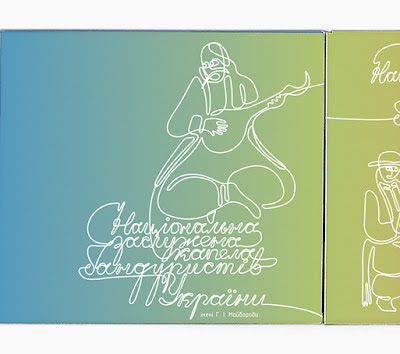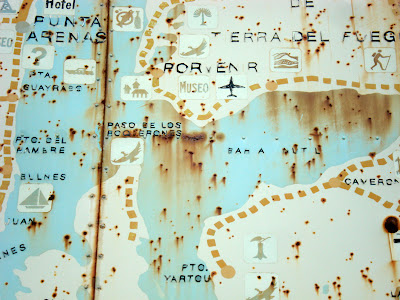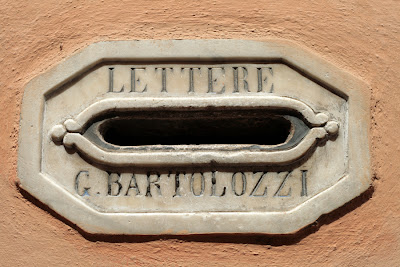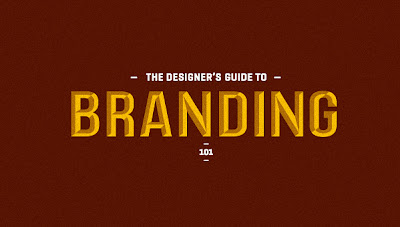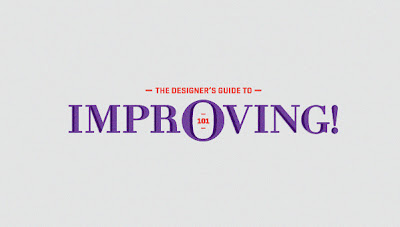Talking art school, Wes Anderson, and the importance of working hard in your 20s with an award-winning illustrator and graphic designer.

Illustration by Ruby A. Photograph by Peter O’Dwyer.
If you are a young and aspiring designer (me) with a particular affinity for typography (me again) who dreams of working with the likes of Wes Anderson and Louise Fili (guess who?), you might catch yourself looking at graphic designer and illustrator Jessica Hische and thinking, WHY CAN’T I BE YOU? At the age of 28, Jessica has a remarkably prolific career; she is known for her gorgeously elaborate custom lettering and illustration for clients like Target, Barnes & Noble Classics, and National Public Radio. Jessica is a Big Deal not only because of her professional awards and achievements, which include being named an ACD Young Gun and a Forbes 30 Under 30 in Art & Design, but also for her popular web-based side projects, like her brilliant Daily Drop Cap project, launched in 2009, where she created a different illustrated capital letter every day, going through the alphabet 12 times (which is lovably nuts). She’s a frequent contributor to the oft-inspiring Friends of Type blog, and her wedding invitation is the loveliest thing on the internet. I sat down with her and half a dozen mini cupcakes at her studio, Title Case, in San Francisco, to pick her brain.
Jessica, thank you for being so generous with your time! Once I discovered how to activate the Teen Girl mode on your website,* I knew you were one of us, and we really had to talk. So tell us: what is it, exactly, that you love about what you do?
I love almost everything about what I do. I get paid to draw all day, I get to read and respond to wonderful emails from aspiring designers, illustrators, and letterers and help them in any way I can, and I get to travel around the world talking at conferences and meeting people whose work I admire. I’m definitely a lucky girl, and every now and then I have to step away and remind myself just how lucky I am.
You created the film titles for Moonrise Kingdom. What was it like to work with Wes Anderson?
It was a dream, because Wes had his hand in every aspect of the visual process. I would get emails at 2 AM asking to make the R slightly smaller, or to make something else a little bit rounder. I didn’t expect that attention to detail.

Jessica’s lettering for Moonrise Kingdom.
What is your stance on attending design school—is it necessary for the type of work that you do?
I think attending art school is an awesome and wonderful experience whether or not you know for sure if you want to be a fine artist. College in general is really just a wonderful way to transition into adulthood, as long as you don’t treat it like a massive excuse to party and drink your brain cells away. I worked incredibly hard in school, and because of that my professors gave me opportunities that other students didn’t have. School is what you make of it, and you could go to any college and get a great education as long as there are a couple of professors there who are willing to put the time in and that you, in turn, are willing to give 110%. There are people out there that say college isn’t necessary, but I definitely wasn’t mature enough to enter the workforce at 18, and I feel like I really found myself in art school. Plus, there are very few other opportunities to be surrounded by so many like-minded people having intense discussions about your work. I miss art school like crazy because those kind of critiques are hard to come by, and no matter how many artsy friends I have, nothing compares to being surrounded by 100 peers, all working 24 hours a day, exhausted but excited.
What advice do you have about getting internships, making connections, and getting your foot in the door? Also, please tell us how you got my dream job working with Louise Fili!
For anyone out there looking for an internship, the best advice I can give is: meet with everyone in person if possible. You’re far more likely to be hired if people get to know you a bit, and I’ve definitely come across a number of young designers that I would probably hire before even looking at their portfolio just because I think they’d be fun to have around the office, and they have the right attitude about learning and working for someone else. You might be the most talented person out there, but if you’re not pleasant to be around or have an ego bigger than Michigan, you will have a much harder time finding a really excellent job with someone willing to mentor you.
I ended up working for Louise almost by accident—I was a huge admirer of her work, and so I sent her a little gift in the mail. I didn’t expect anything in return, I just wanted to show her some of what I was making and tell her how much I loved her work. She called me up for a portfolio review and that day offered me a job. It completely floored me that reaching out to someone personally could make such a difference, and that you didn’t necessarily have to send over a résumé and cover letter to get someone to peek through your portfolio.

Illustration by Ruby A. Photograph by Peter O’Dwyer.
If you are a young and aspiring designer (me) with a particular affinity for typography (me again) who dreams of working with the likes of Wes Anderson and Louise Fili (guess who?), you might catch yourself looking at graphic designer and illustrator Jessica Hische and thinking, WHY CAN’T I BE YOU? At the age of 28, Jessica has a remarkably prolific career; she is known for her gorgeously elaborate custom lettering and illustration for clients like Target, Barnes & Noble Classics, and National Public Radio. Jessica is a Big Deal not only because of her professional awards and achievements, which include being named an ACD Young Gun and a Forbes 30 Under 30 in Art & Design, but also for her popular web-based side projects, like her brilliant Daily Drop Cap project, launched in 2009, where she created a different illustrated capital letter every day, going through the alphabet 12 times (which is lovably nuts). She’s a frequent contributor to the oft-inspiring Friends of Type blog, and her wedding invitation is the loveliest thing on the internet. I sat down with her and half a dozen mini cupcakes at her studio, Title Case, in San Francisco, to pick her brain.
Jessica, thank you for being so generous with your time! Once I discovered how to activate the Teen Girl mode on your website,* I knew you were one of us, and we really had to talk. So tell us: what is it, exactly, that you love about what you do?
I love almost everything about what I do. I get paid to draw all day, I get to read and respond to wonderful emails from aspiring designers, illustrators, and letterers and help them in any way I can, and I get to travel around the world talking at conferences and meeting people whose work I admire. I’m definitely a lucky girl, and every now and then I have to step away and remind myself just how lucky I am.
You created the film titles for Moonrise Kingdom. What was it like to work with Wes Anderson?
It was a dream, because Wes had his hand in every aspect of the visual process. I would get emails at 2 AM asking to make the R slightly smaller, or to make something else a little bit rounder. I didn’t expect that attention to detail.

Jessica’s lettering for Moonrise Kingdom.
What is your stance on attending design school—is it necessary for the type of work that you do?
I think attending art school is an awesome and wonderful experience whether or not you know for sure if you want to be a fine artist. College in general is really just a wonderful way to transition into adulthood, as long as you don’t treat it like a massive excuse to party and drink your brain cells away. I worked incredibly hard in school, and because of that my professors gave me opportunities that other students didn’t have. School is what you make of it, and you could go to any college and get a great education as long as there are a couple of professors there who are willing to put the time in and that you, in turn, are willing to give 110%. There are people out there that say college isn’t necessary, but I definitely wasn’t mature enough to enter the workforce at 18, and I feel like I really found myself in art school. Plus, there are very few other opportunities to be surrounded by so many like-minded people having intense discussions about your work. I miss art school like crazy because those kind of critiques are hard to come by, and no matter how many artsy friends I have, nothing compares to being surrounded by 100 peers, all working 24 hours a day, exhausted but excited.
What advice do you have about getting internships, making connections, and getting your foot in the door? Also, please tell us how you got my dream job working with Louise Fili!
For anyone out there looking for an internship, the best advice I can give is: meet with everyone in person if possible. You’re far more likely to be hired if people get to know you a bit, and I’ve definitely come across a number of young designers that I would probably hire before even looking at their portfolio just because I think they’d be fun to have around the office, and they have the right attitude about learning and working for someone else. You might be the most talented person out there, but if you’re not pleasant to be around or have an ego bigger than Michigan, you will have a much harder time finding a really excellent job with someone willing to mentor you.
I ended up working for Louise almost by accident—I was a huge admirer of her work, and so I sent her a little gift in the mail. I didn’t expect anything in return, I just wanted to show her some of what I was making and tell her how much I loved her work. She called me up for a portfolio review and that day offered me a job. It completely floored me that reaching out to someone personally could make such a difference, and that you didn’t necessarily have to send over a résumé and cover letter to get someone to peek through your portfolio.
NASTAVAK INTERVJUA PRONADJITE NA RookieMag.com













